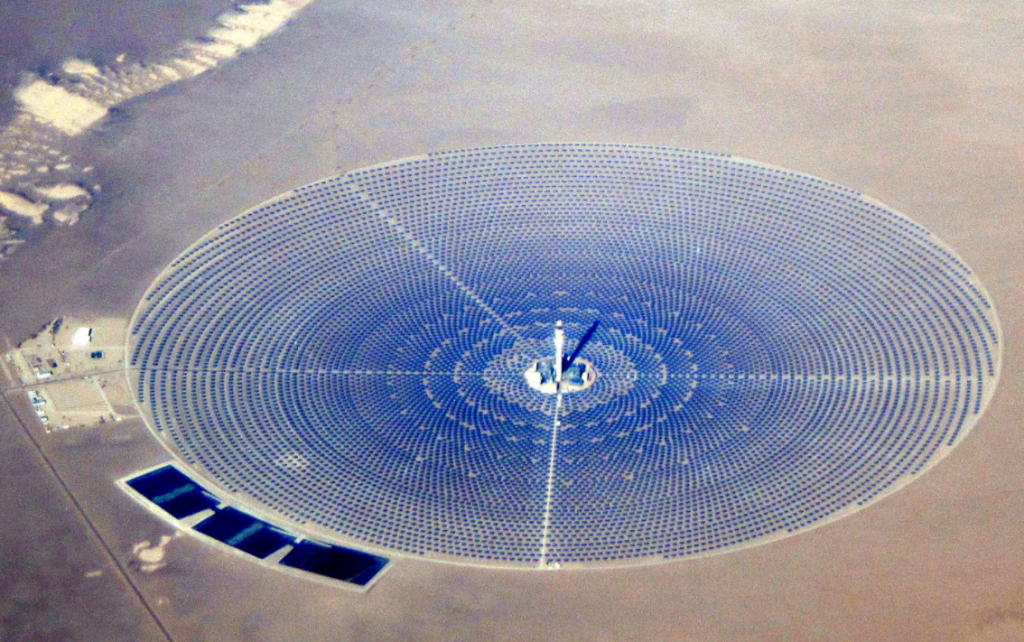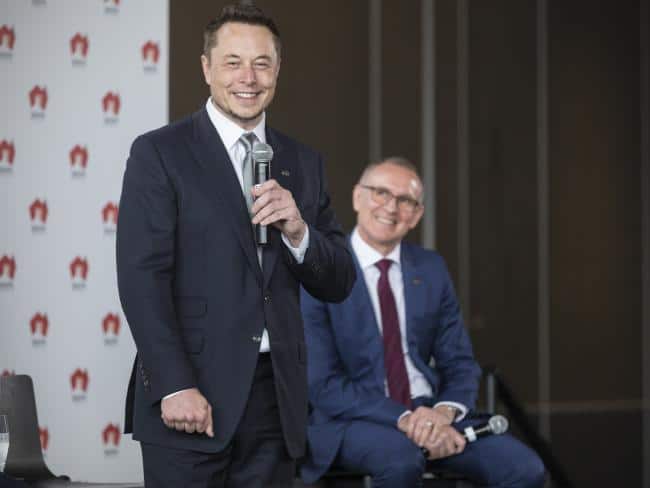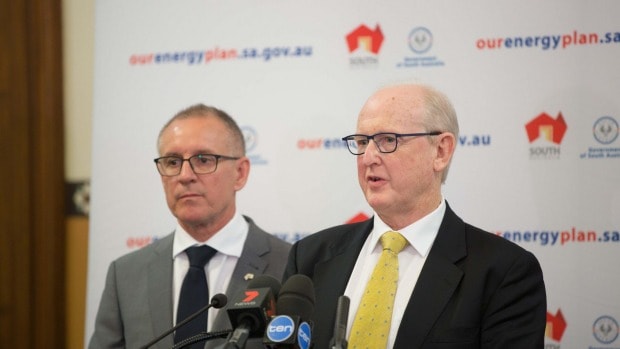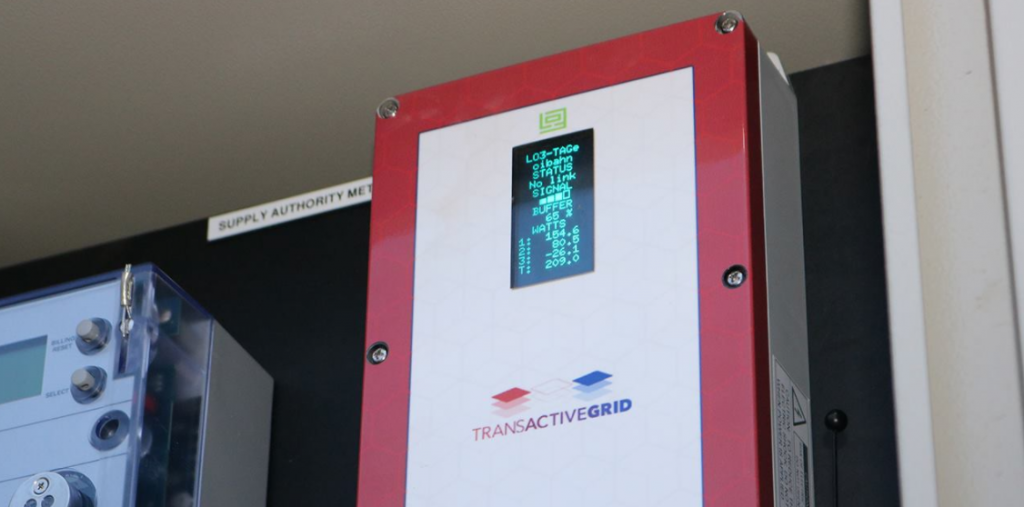Commercial Solar in South Australia has been growing rapidly over the past 12 months, with installations at their highest peak since 2012 (when extremely generous feed-in tariff prices were available for early adopters in a (successful) attempt to kickstart the burgeoning solar market).
Commercial Solar in South Australia
According to SunWiz, there’s been a huge 84% growth in businesses investing in solar energy (commercial solar) in the last year. That’s nearly 9,000 units – more than double the rate of two years earlier. The ABC website quoted Warwick Johnston, the managing director of SunWiz, as saying that the uptake rate is higher due to better quality (and higher efficiency) panels at more competitive prices.
“System prices have fallen significantly … since the feed-in tariff-driven boom,” he said. “So people are really taking this up just for the underlying business case rather than trying to rush in to secure some government subsidy, which isn’t needed any more.”
Johnston said that commercial grade PV solar systems were the fastest growing segment, noting that places such as shopping centres and supermarkets have invested in solar energy to help offset the rapidly rising cost of electricity. We could also point to other great examples of this, such as Complete Office Supplies’ private solar investment – an office supply company who, in June this year, invested $1m in rooftop PV solar at their Sydney, Brisbane, and Melbourne warehouse locations (the 611MWh solar systems were installed by Sun Connect).
The Advertiser gives us the example of the Mitani Group, a frozen food, chicken salt (our favourite) and mayonnaise manufacturer based in Salisbury, SA. The Mitani Group installed a 100kW system in December 2017 and, according to the managing director Tas Mitani, the company saved between $1,700 and $1,800 on electricity in July alone. Mitani bought the panels from TINDO Solar, Australia’s only solar panel manufacturer who have also seen commercial solar increase rapidly over the last year. Managing Director Glenn Morelli said that “sporting organisations and clubs, to white-collar businesses, to manufacturers, food industry, aged care,” were all benefiting from installing solar power, and that he was seeing interest from all sectors – basically “anyone with an electricity bill”.

With companies that use a lot of energy wanting to mitigate the risk of skyrocketing energy prices and the cost/benefit ratio of solar becoming more and more apparent as solar tech advances, we expect to see this trend of commercial solar increasingly rapidly.
Are you a company looking to install solar power at your premises? We partner with a select and trusted group of installers Australia wide, and can help you crunch the numbers to come up with the highest ROI solution for your solar investment. Fill in the form to the right or email us for more info.





